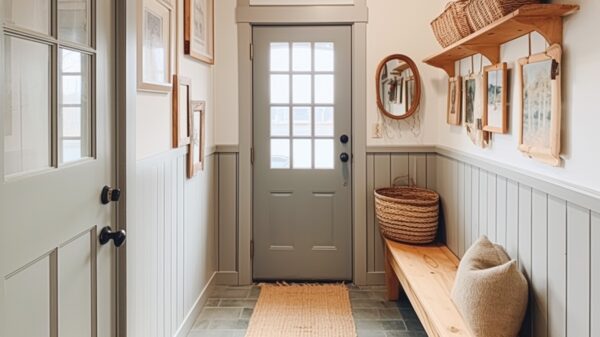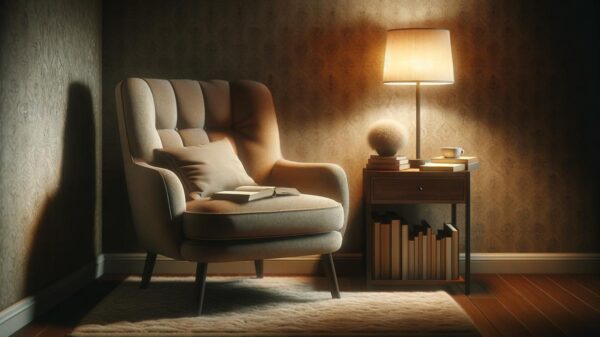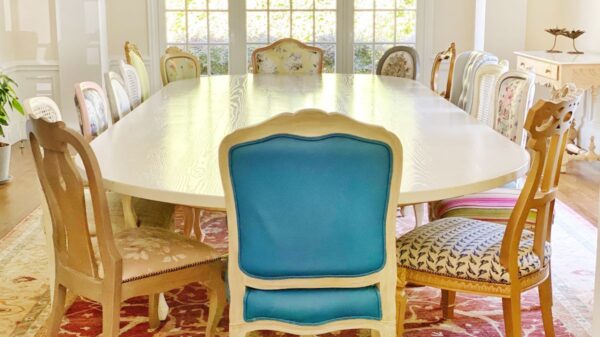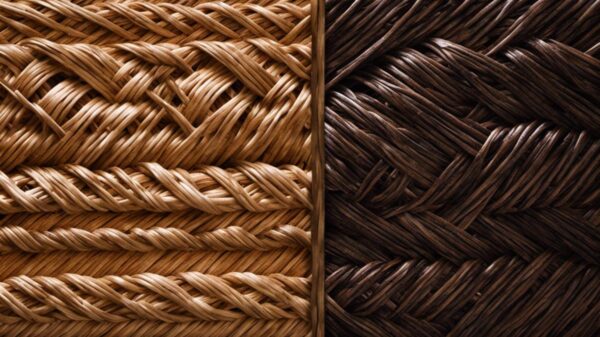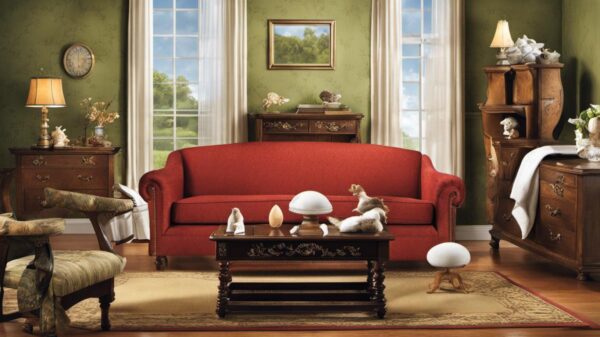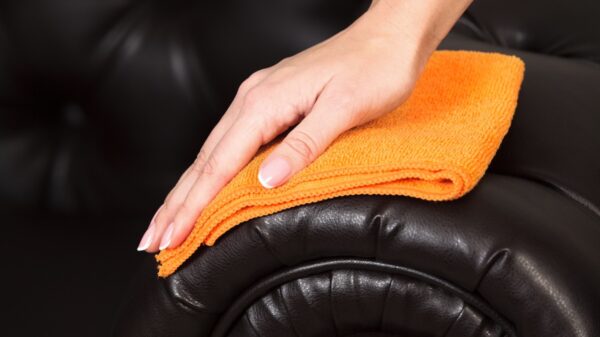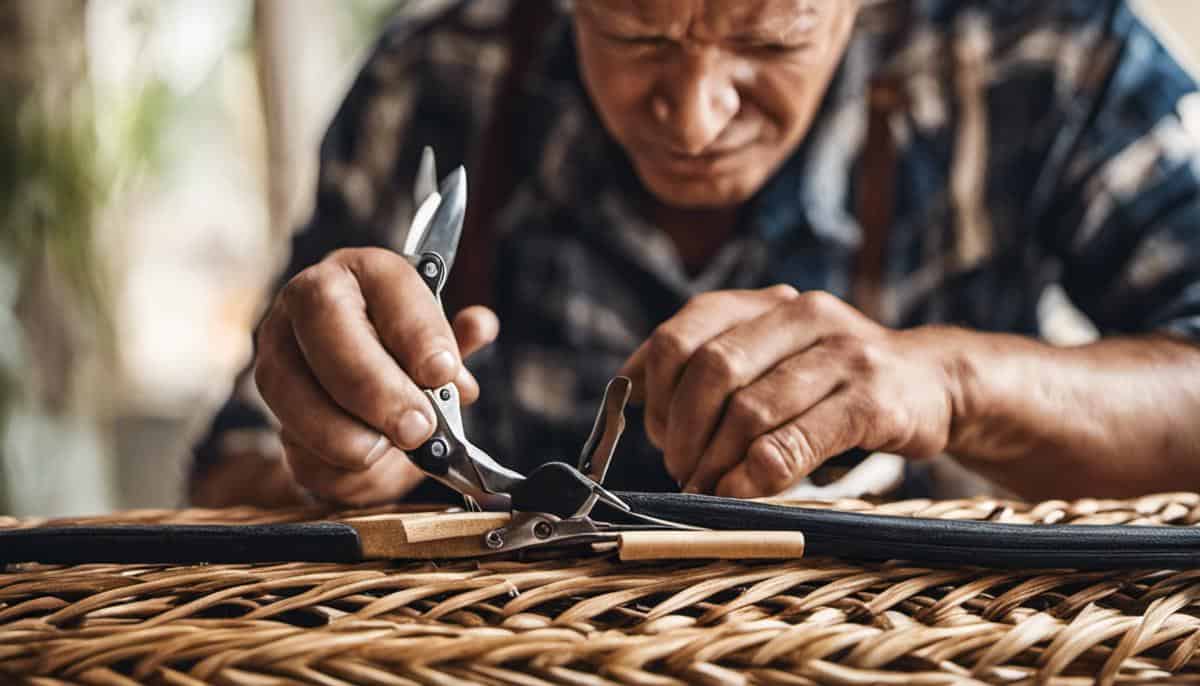In the realm of home décor and interior design, wicker furniture holds a unique place, being adored for its natural aesthetics, timeless appeal, and versatility. However, with time and usage, it may experience certain damages like fraying, sagging, or unraveling. Understanding wicker furniture, its conventional construction materials, and potential damages is essential for any homeowner or hobbyist looking to start fixing your wicker furniture.
This comprehensive guide aims to equip you with a broad understanding of wicker furniture, from the different types of wicker, their strengths and weaknesses, to sourcing all the necessary repair tools and materials needed for restoration. By the end of this guide, you’ll have a concrete road map to fixing your wicker furniture, bringing your pieces back to their original charm and functionality.
Understanding Wicker Furniture
Wicker Furniture: A Durable Choice Made Unique by Mother Nature
Wicker furniture, that idyllic image of summertime porch life, holds a deceptively captivating history. More than just an aesthetic choice, wicker is a weaving process that, when executed correctly, can result in sturdy, comfortable, and long-lasting furniture that truly celebrates the sheen and texture of natural materials. This fascinating style dates back over 5,000 years to Ancient Egypt, where artifacts, such as furniture, baskets, and chests, beautifully showcase this craft’s enduring appeal.
Wicker, despite common misconceptions, is not a material but rather a technique that involves weaving flexible plant materials around a rigid frame. This delivers wonderfully resilient and aesthetically pleasing furniture. Exuding the charm of Mother Nature, its innate warmth and charm are just a couple of reasons that it’s found its way into many hearts and homes.
The real magic of wicker furniture resides in the variety of materials utilized in its creation, which are primarily obtained from plants. The following materials have secured their places as favorites among wicker craftsmen and enthusiasts alike:
- Rattan: Generally preferred for its durability, strength, and flexibility, rattan is a type of palm that yields a solid wood ideal for constructing the rigid frame of wicker furniture. Its fibrous inner core is utilized in the weaving process.
- Cane: A part of the rattan plant, cane is produced by peeling off the rattan’s tough outer bark to reveal the sturdy inner core. This material is widely utilized in making smaller wicker furniture items due to its flexibility and resilience.
- Reed: Reed, primarily sourced from marsh-growing plants, exhibits a glossy surface and robust strength, making it a popular choice for certain wicker furniture styles.
- Willow: Boasting the flexibility and the strength required for wicker weaving, willow lends itself to creating a rustic aesthetic.
- Bamboo: Renowned for its eco-friendliness, strong tensile strength, and durability, bamboo is a sustainable material that delivers captivating wicker designs.
- Seagrass: Seagrass offers unique textures and color variations in wicker furniture, creating a distinct appeal.
Understanding the materials used for wicker furniture better involves appreciating the weaving process itself. It’s a meticulous procedure requiring immense skill and patience. Various techniques such as plaiting, coiling, and twining are employed to achieve different textures and patterns, each with its unique appeal.
Learning about wicker furniture’s beautiful origins and the incredible diversity in its construction materials provides a deeper appreciation of this enchanting craft. The fusion of elegance, charm, and robustness makes wicker furniture a spectacular addition to various spaces, promising to endure the passage of time while retaining its endearing charisma. So, the next time you rest on a wicker chair or put a drink down on a wicker table, remember the centuries-old artistry that has gone into its making.

Acquiring Necessary Tools and Materials for Fixing Your Wicker Furniture
Fixing Your Wicker Furniture: A Guide to Essential Tools and Materials
Wicker furniture, with its rich history and enduring charm, may need a touch-up or repair once in a while to extend its lifespan and preserve its aesthetics. Depending on the severity of damage, materials used in its construction, and the weaving technique, different tools and resources may be needed. Here are the essential tools and elements docked in a savvy hobbyist’s arsenal to handle wicker furniture restoration.
TOOLS FOR FIXING YOUR WICKER FURNITURE
- Scissors: For trimming or removing damaged wicker elements.
- Needle-nose Pliers: Useful for pulling out old and damaged strands. The elongated conical structure makes for easier navigation amidst tight weaves.
- Wooden Wedge: This helps to open up tight weaves for easy adjustment.
- Craft Knife: Vital for precise cutting, particularly when replacing individual strands.
- Tack Hammer: Essential for fixing loose edges or peeling strands.
- Caning tools: These specialized tools play an essential role in tightly interlacing new wicker strands.
- Wire Brush: Perfect for cleansing a piece and revealing hidden flaws before the repair process.
- Paint Brushes: Various sizes are useful for applying solvents, stains, paints, or sealers.
MATERIALS FOR FIXING YOUR WICKER FURNITURE
- Replacement Wicker: Whichever material your furniture is—rattan, cane, reed, willow, bamboo, seagrass—the replacement should match the existing weave for a seamless repair.
- Sandpaper: Ideal for smoothing rough edges and for preparing the surface for staining or painting.
- Stain or Paint: This is necessary to match the color of the new woven reeds or strands to the existing furniture piece.
- Wood Glue: Especially crucial when repairing broken frames or re-sticking unraveling braid ends.
- Lacquer or Sealant: These protect the furniture from future wear, particularly when used outdoors.
- Linseed oil: Particularly useful for working with rattan, it maintains the furniture’s flexibility and longevity.
Approaching the task of fixing your wicker furniture can initially seem daunting. Still, equipped with the right tools and materials, you will be pleasantly surprised at the satisfaction and fulfillment this hobby brings. It’s not just about extending the life of your charming wicker furniture; it’s about respecting its rich history, appreciating the artistic weaving process, and celebrating its timeless beauty! Now that you are armed with the essential toolkit, it’s time to dive into the craft and restore that beloved piece back to its former glory!
Fixing Your Wicker Furniture
Repairing Damaged Wicker Furniture
Now that we’ve unpacked the history, craftsmanship, and aesthetic appeal of wicker furniture, let’s delve into repair techniques. Knowing how to mend your beloved wicker pieces not only offers personal satisfaction but also extends their lifespan for generations to enjoy. Different materials and types of damage require distinct repair strategies, so it’s essential to understand the nuances.
For Small Breaks and Cracks:
Small-scale damage, like cracks or minor breaks in wicker strands, can usually be fixed with wood glue and patience. First, apply the glue along the damaged section and press the broken pieces together. Use a clamp, if necessary, to hold the repair in place as it dries. Once the glue is dry, it can be lightly sanded to achieve a smooth, invisible repair.
In the case of wicker pieces connected to frames (such as on a chair’s armrest or back), a wooden wedge can be used to provide adequate support and spacing. Let the glue dry completely before removing the wedge.
For Large Breaks:
Bigger breaks, like an entire section of wicker coming loose from the furniture, require replacement wicker and more tools. First, use the wire brush to clean the damaged area and remove any residual glue or damaged fibers. Then, size and cut the replacement wicker using scissors or a craft knife.
Using needle-nose pliers and a tack hammer, attach the new piece of wicker following the pattern of the existing weave. Pay attention to the weaving direction for seamless integration. When the new piece is firmly in place, apply some linseed oil to restore the natural luster and flexibility of the wicker fibers.
For Paint Peeling or Stain Fading:
Over time, paint or stain finishes on wicker furniture may start to peel or fade. Start the restoration process by gently sanding the entire piece with fine-grit sandpaper to remove old paint or stain. This will also create a better surface for new applications.
Next, apply a fresh coat of paint or stain in your desired color with a paintbrush. Take time to move in the direction of the wicker weave to ensure thorough coverage. Let the furniture dry for at least 24 hours to make sure the material has sufficiently absorbed the paint or stain.
Finally, a sealant or lacquer can be used for added protection on exterior pieces. This will safeguard the wicker against the elements, enhancing its durability and color longevity.
Maintenance Tip to Avoid Fixing Wicker Furniture:
Regular maintenance is key for preserving the aesthetics and preventing future damage to wicker furniture. It’s recommended to regularly dust and clean your wicker furniture, as well as keep it out of direct sunlight and extreme temperatures. Conditioning your wicker furniture with linseed oil once every few months can also keep fibers flexible and prevent brittle breakages. This may sound like a lot of extra work, but it will prevent you from having to spend a lot more time fixing your wicker furniture.
Remember, every piece of wicker furniture is unique, and each repair job is a chance to honor and extend that uniqueness for years to come. So grab your tools, approach it with patience and enthusiasm, and let’s give those wonderful wicker pieces the maintenance they deserve.

Mastering the art of fixing your wicker furniture requires time, patience, and practice – but with the right tools, materials, and a comprehensive guide like the one you’ve just explored, you’re now well-equipped to restore the life and beauty of your furniture. Every broken strand, sagging seat, or loose end you mend marks a step towards preserving the brilliance of a timeless antique and keeping a part of your home’s unique story intact. So, get started with your restoration project, repair those damages, and prolong the life and functionality of your wicker furniture, bringing back its lost glory and charm.





